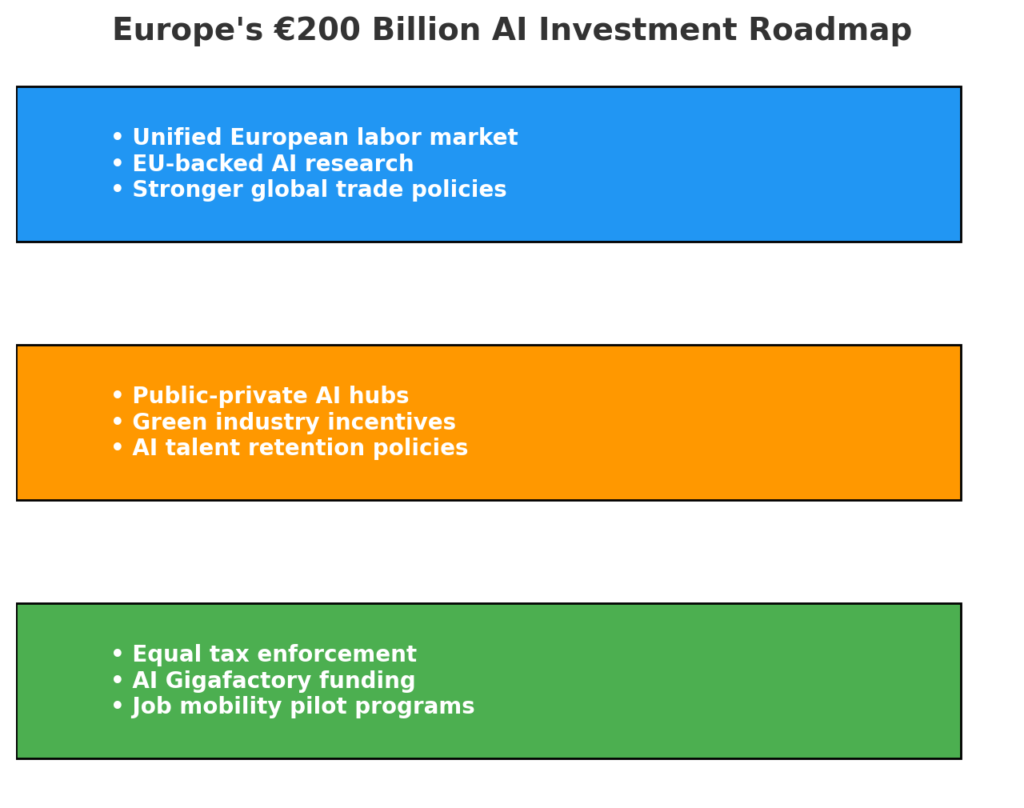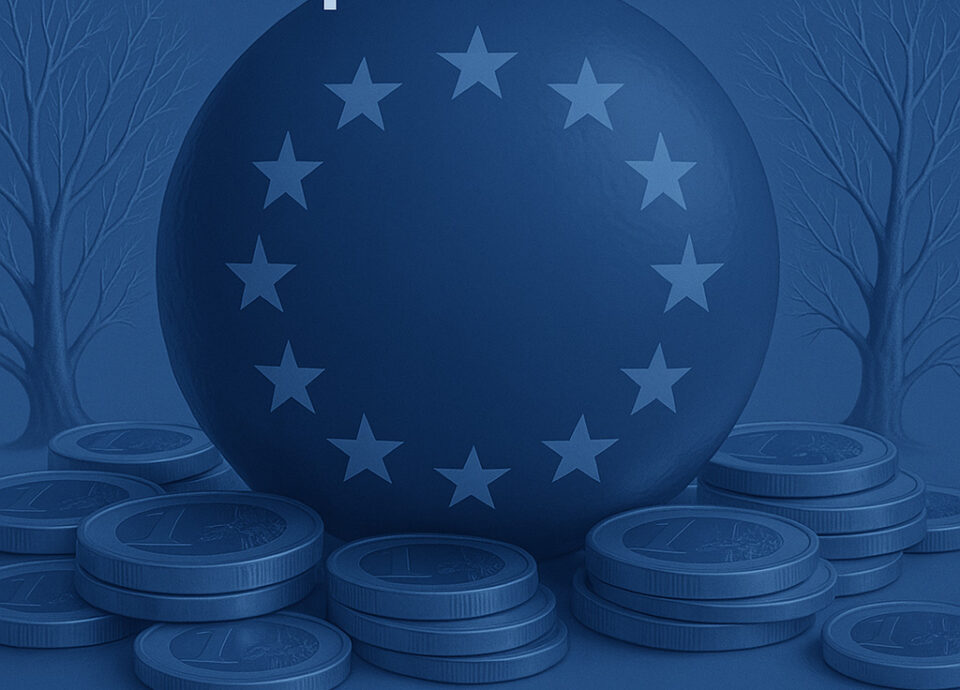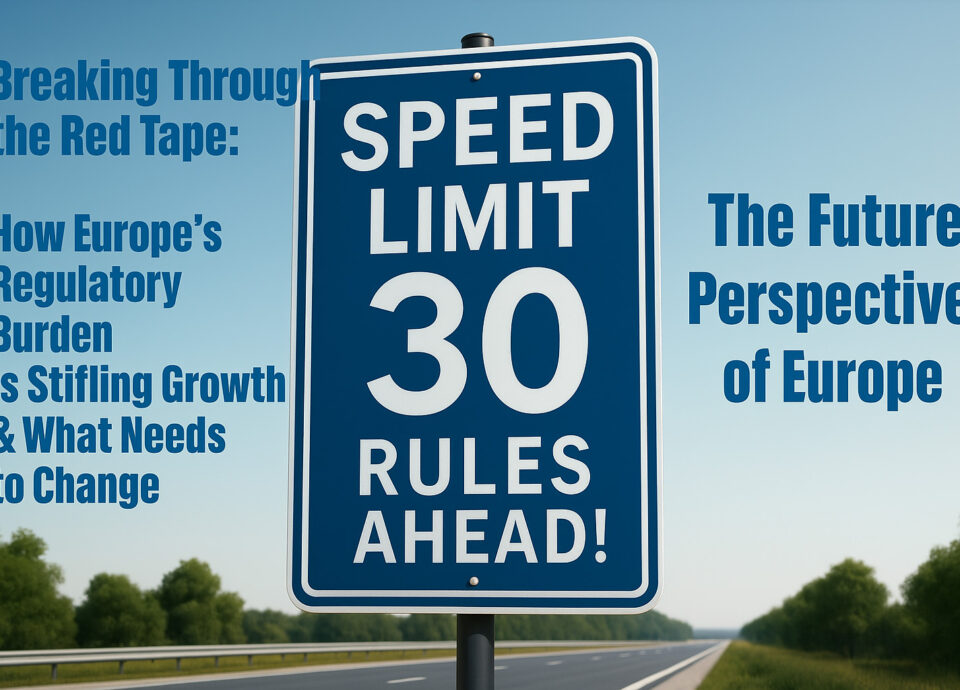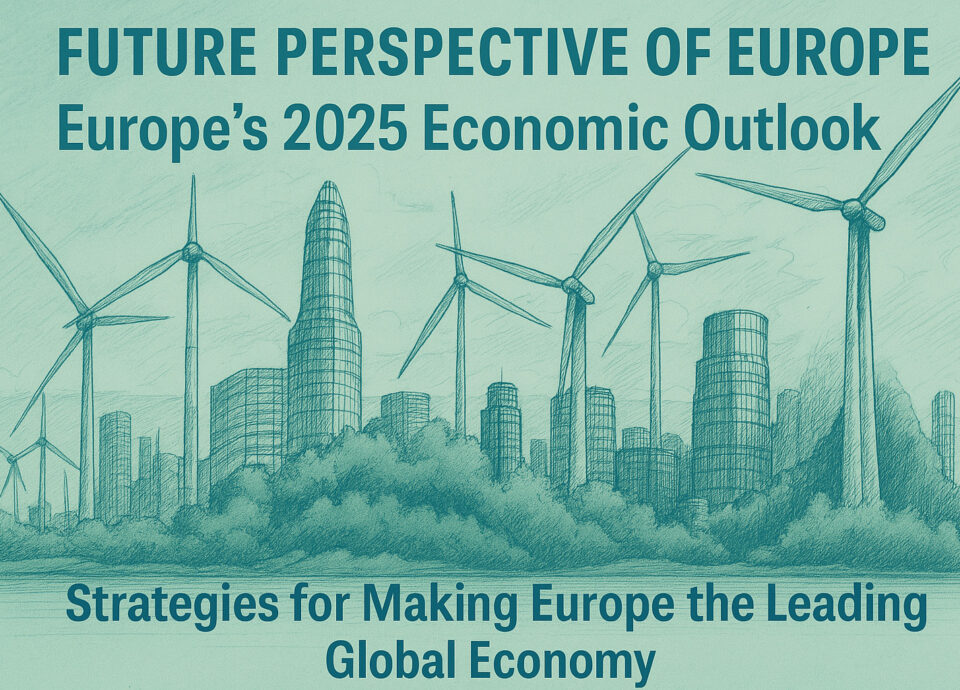Introduction: A Defining Moment for Europe
Europe stands at a crossroads. With €200 billion on the table, the continent has a rare opportunity to strengthen its global position in AI investment, economic growth, and technological leadership. But history tells us that without a bold execution plan, such investments often fail to deliver their full potential. Will Europe lead the AI revolution, or will bureaucracy and mismanagement cause another missed opportunity?
The AI Investment: A Step Forward or a Missed Opportunity?
The European Commission’s latest announcement earmarks €20 billion for AI Gigafactories, designed to give European innovators the computational power needed for artificial intelligence breakthroughs (source). The remaining €180 billion is broadly labeled for “AI development,” but without a clear implementation plan, this money could be lost in endless bureaucracy.
What This Means for Europe:
- Competitive Edge in AI Technology – AI Gigafactories could position Europe as a leader in next-generation computing, but only if execution is swift and strategic.
- Economic Growth & Job Creation – AI-driven innovation has the potential to create thousands of high-value jobs, yet Europe still lags behind the U.S. and China in AI infrastructure (source).
- Execution Risks & Bureaucratic Delays – Without an aggressive AI funding roadmap, these investments risk being misallocated or trapped in legal disputes, just like past EU initiatives.
Case Study: The U.S. and China’s AI Race
China’s AI investment has been highly coordinated, with a state-backed roadmap, AI innovation hubs, and aggressive industrial policy (source). The U.S., meanwhile, benefits from private-sector dominance and a strong AI startup ecosystem. If Europe wants to compete, it needs fast-tracked funding, AI-friendly regulations, and public-private AI partnerships.
EU Example: Lessons from Horizon 2020
The EU’s Horizon 2020 innovation fund, which allocated €80 billion, had mixed results—some breakthroughs, but also slow approvals, fragmented strategies, and a lack of business-driven execution (source). Will AI funding suffer the same fate?
Defense & Economic Strategy: A New Era of Self-Sufficiency?
Europe is also strengthening its defense and economic security. From Poland’s strategic summit to the Baltic states integrating into the European energy grid, momentum is building. Meanwhile, the U.S. has just announced higher tariffs on aluminum and steel imports, a move that could impact European exports and industrial supply chains (source).
Key Takeaways:
- Opportunity in Crisis – Could trade restrictions push Europe to invest more in its own steel and aluminum industries, particularly for defense and high-tech manufacturing?
- Geopolitical Shifts – As global power dynamics evolve, Europe must strengthen its economic resilience and industrial independence.
- Execution Matters – Without a clear action plan, Europe risks falling behind.
Investor Perspective: Where Should Capital Flow?
- AI & Digital Infrastructure – AI chip manufacturing, European cloud computing, and automation solutions (source).
- Green Energy & Industrial Security – Secure, independent energy networks for Europe’s defense and industrial sector.
- Workforce Reskilling for AI Jobs – Preparing talent for AI-driven job transformations.
- High-Growth Startups & Innovation – Identifying AI scale-ups that can compete globally and benefit from EU investment.
Avoiding Pitfalls: The Groundwork That Must Be Laid
1. Tax Fairness – Stop Subsidizing U.S. Tech Giants
Right now, corporations like Amazon, Apple, and Meta enjoy tax advantages that European startups can only dream of (source). If Europe wants its own AI champions, it must ensure fair taxation.
2. Privacy & Security – One Standard for All
European companies navigate strict data protection laws, while foreign tech giants often operate with fewer constraints (source). Equal compliance rules must apply to all.
3. Equal Pay for Equal Work – Innovation Needs Diversity
The best ideas come from diverse teams, yet pay gaps based on gender, age, and background persist. A fair, competitive Europe must embrace wage equality to attract top talent (source).
4. Seamless Job Mobility – A True European Labor Market
A “European Social Security Passport” could eliminate cross-border hiring barriers, making Europe more competitive in talent acquisition.
AI & The Future of Work: Preparing for Disruption
AI is reshaping industries, with the biggest disruptions happening in tech itself. Many IT and software jobs that emerged over the past 30 years are now being automated. Europe must future-proof its workforce by prioritizing:
- Sustainability & Green Tech Investments
- Education & AI Reskilling Programs
- Healthcare & AI-Powered Medical Advancements
Case Study: The AI Talent War
The U.S. and China aggressively attract AI talent with high salaries, startup funding, and research incentives (source). Europe must offer competitive AI talent programs or risk a brain drain to Silicon Valley.
EU Talent Drain: A Growing Risk
A report from the European Investment Bank found that over 50% of European AI talent relocates to the U.S. (source). Without strong incentives, Europe risks losing its best innovators.

Final Thought: Will Europe Lead or Follow?
The time for half-measures is over. If Europe wants to be a global AI leader, it must act decisively. Without action, this €200 billion will become just another lost opportunity.
What Do You Think?
How should Europe prioritize its AI investment strategy? Share your thoughts in the comments or join the conversation on LinkedIn!
If you found this insightful, don’t forget to share and follow for more expert analysis on Europe’s AI economy and investment opportunities.





